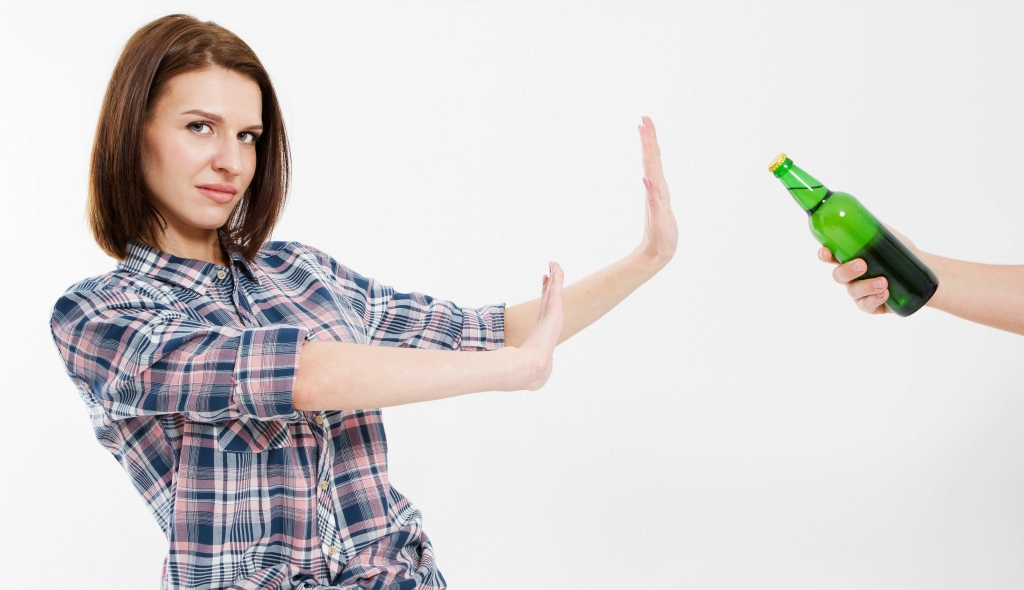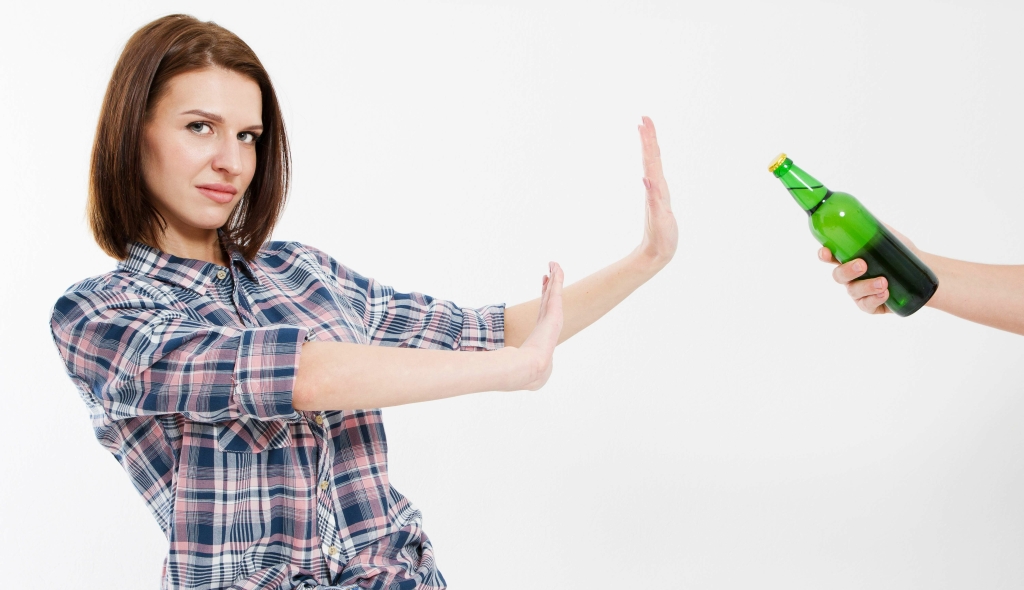Can You Overdose on LSD Acid?
It can also be found in the form of gelatin squares (“windowpane”) or liquid dropped onto candies, sugar cubes, or other small objects. The most troubling signs of an LSD overdose are difficulty breathing, suicidal ideation, and unresponsiveness. If you are trip sitting for someone who appears to lose consciousness during their trip, contact emergency medical personnel immediately. Additionally, while LSD itself is not toxic, users may consume contaminated LSD unknowingly since it’s an unregulated substance. It’s difficult to assess how likely consuming tainted LSD is, although it is probably many times higher than suffering any harmful side effects from LSD directly.
Treatment options
Drive for approximately 1.1 miles.Use the right lane to merge onto I-405 S via the ramp to San Diego. Travel on I-405 S for about 8.8 miles.Take exit 90 for Bake Parkway. Brittany has 15 years of experience in the Mental Health and Substance Abuse field. Jennie Stanford, MD, FAAFP, DipABOM is a dual board-certified physician in both family medicine and obesity medicine. She has a wide range of clinical experiences, ranging from years of traditional clinic practice to hospitalist care to performing peer quality review to ensure optimal patient care.
- This lysergic acid is then combined with other chemicals, including diethylamine, to create LSD.
- While an overdose of LSD is unlikely and rarely deadly, having a “bad trip” can be psychologically traumatic.
- The behavioral risks of LSD overdose are noteworthy.
- Drive for approximately 1.1 miles.Use the right lane to merge onto I-405 S via the ramp to San Diego.
Participation in support groups such as Narcotics Anonymous (NA) or other mutual aid groups can provide individuals with peer support, encouragement, and accountability in their recovery journey. This article will explore the facts and myths surrounding LSD overdose to help you better understand the potential dangers of LSD abuse and the importance of informed decision-making. Most people suggest sticking to the usual 100 to 200 microgram dosing guidelines to avoid potential problems. LSD is incredibly potent, and taking higher doses generally won’t make the experience more pleasurable. There have been no documented deaths related to overdosing on LSD since the drug was first synthesized in the 1950s, although there have been several LSD-related deaths due to other injuries. The most substantial effects of an LSD “trip” typically occur within 2-5 hours of when a person ingests it.
An LSD overdose occurs when someone takes an excessively high dose of LSD, usually many times the normal amount. This can lead to dangerous physical and mental effects that constitute a medical emergency. Symptoms may include extremely high blood pressure, high body temperature, seizures, respiratory failure, and coma. Although rare, death can also occur in severe overdoses, especially if LSD is combined with other drugs. Seek immediate medical help if someone experiences these dangerous symptoms after taking LSD. You’ve heard stories about LSD trips gone bad, but can one overdose on acid?
LSD’s dangers don’t come from pharmacological effects; rather, they come from what someone on LSD may do to themselves or others in their altered mental state. Driving under the influence of LSD, for example, could have catastrophic consequences. One minor point of the confusion stems from LSD-related deaths, cases where people have died with LSD in their system. These cases universally have extenuating circumstances like police intervention or accidental injury that are ultimately determined to be the cause of death. Ultimately, there is no established lethal dose — called LD50 — for LSD 1. Overdosing on LSD isn’t likely to be life-threatening.
Side Effects of A “Bad Trip”
In calling the helpline you agree to our Terms and Conditions. We do not receive any fee or commission dependent upon which treatment or provider a caller chooses. Calls to numbers marked with (I) symbols will be answered or returned by one of the treatment providers listed in our Terms and Conditions, each of which is a paid advertiser. LSD is most often seen on small sheets of blotter paper, but it can also be found as a liquid or in microdots.
If the bad trip worsens, seeking medical intervention may be necessary. If you think that you’re experiencing an overdose based on the above information, seek medical attention right away. Compared to a lot of drugs, LSD is relatively safe when ingested on its own in doses under 200 micrograms. Even large, so-called “heroic” doses of LSD can be safely tolerated in a medical setting. People face real threats from trips gone wrong, like panic attacks or wild behavior that leads to harm.
Emergency Protocol for Acute Intoxication
Additionally, there’s a chance you might experience flashbacks or long-lasting psychological effects. Understanding the difference between an LSD overdose and a bad trip is crucial for safer usage. During the acute phase, patients experiencing LSD toxicity require close monitoring for several hours, typically 6 to 12 hours—until the drug’s effects subside. Vital signs, including heart rate, blood pressure, and respiratory status, are regularly checked to watch for complications. Most patients can be discharged once symptoms resolve, but those with ongoing altered mental status or medical complications may need to be admitted to a hospital for further observation and care.
- Drive for about 4.7 miles.Use the right 2 lanes to take exit 96 to merge onto CA-91 W toward Beach Cities.
- People face real threats from trips gone wrong, like panic attacks or wild behavior that leads to harm.
- High doses can lead to a phenomenon known as “bad trips,” characterized by severe anxiety, paranoia, and hallucinations.
- The effects will depend on the extent of the overdose.
- Doses as small as 100 micrograms can change your world for hours.
- A medical emergency resulting from LSD usage is rare, but it can happen in certain extreme cases.
Subscribe For More Psychedelics 🍄🌵
While it might be possible to experience an overdose of LSD (defined as ingesting enough of the drug to cause toxicity or death), it’s incredibly rare. Still, that doesn’t mean that it’s always safe to consume large doses of LSD. Overdose on acid hits the mind hard, not the body first. Psychosis can mimic real breaks from sanity, with endless loops of fear.
If you or someone in your life uses LSD or other substances, reach out to the Mandala Healing Center staff to explore our holistic treatment programs. Our high-quality addiction treatment programs are designed to empower people as they work to put substance abuse behind them and embrace a new lifestyle in recovery. D-lysergic acid diethylamide, most commonly known as LSD or “acid,” is an illicit hallucinogenic drug that alters users’ perceptions and thoughts. Many users experience pseudo-hallucinations, meaning they can hear or see things that don’t exist. Some users report developing synesthesias, a condition where one type of stimulation causes the sensation of another–such as hearing color. LSD, or lysergic acid diethylamide, is a psychoactive substance that primarily affects the brain’s serotonin receptors, causing hallucinations and altering perception.
It’s not just “ride it out.” Severe distress needs quick action to calm the storm. If you’re sober, rush the person to a hospital or contact 911 to handle the situation. A hospital can offer a secure environment with continuous monitoring from licensed medical professionals. Helping yourself or a friend get through a bad LSD trip may be challenging if you’re inexperienced. The situation can worsen if the person you’re trying to help is paranoid and aggressive toward you. Because LSD toxicity does not have a specific antidote, management revolves around minimizing harm, alleviating distressing symptoms, and preventing injury to the individual or others.
Risk of Accidental Injury and Fatal Behaviors
However, some of the consequences can lead to dangerous behaviors or complications that cause lasting damage to your physical and emotional health. A normal recreational dosage of LSD is typically between 100 to 150 micrograms. The lethal dose of LSD is estimated to be over 10,000 micrograms, which is far can you overdose on lsd acid beyond what a person would typically consume in one sitting.
LSD Overdose: Effects, Risk, and What to Do
A paper published in 2008 reported no known cases of an LSD overdose leading to death dating back to the 1950s 3. It is unlikely that taking too much LSD will lead to death, and experts believe that the primary dangers come from using adulterated products and people’s actions while under the influence of the drug. It’s very difficult to overdose on LSD — but that doesn’t mean you can’t take too much. Because of how it is weighed and the very low effective dose of this drug, it is nearly impossible to regulate the amount of LSD you take. People may unintentionally overdose on LSD, even if they have used it in the past, without problems. Humans have used hallucinogenic substances for thousands of years as part of cultural rituals or practices.
LSD packs a punch as a hallucinogen, twisting your senses in ways that can spiral out of control. You may overdose on LSD but not experience psychedelic effects. However, overdosing on LSD has potentially adverse outcomes. The subjects in both case studies consumed extremely high doses and had no lethal side effects. More research is needed to determine the lethal dosage of LSD and its effects on people with mental illnesses.



